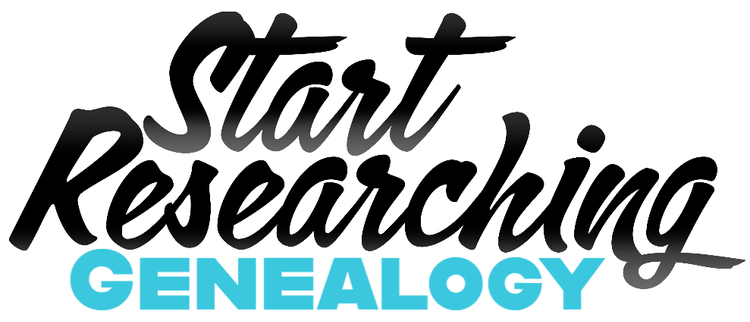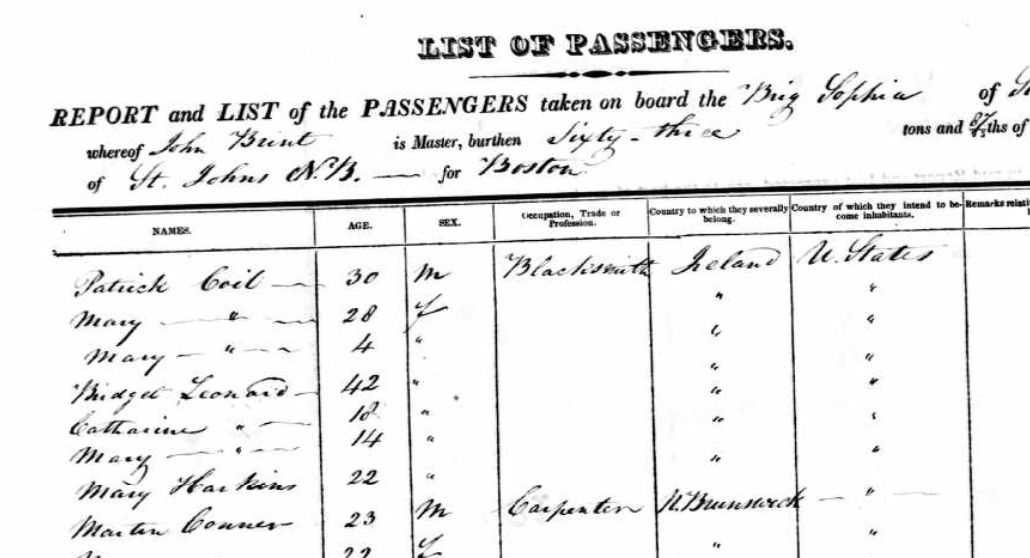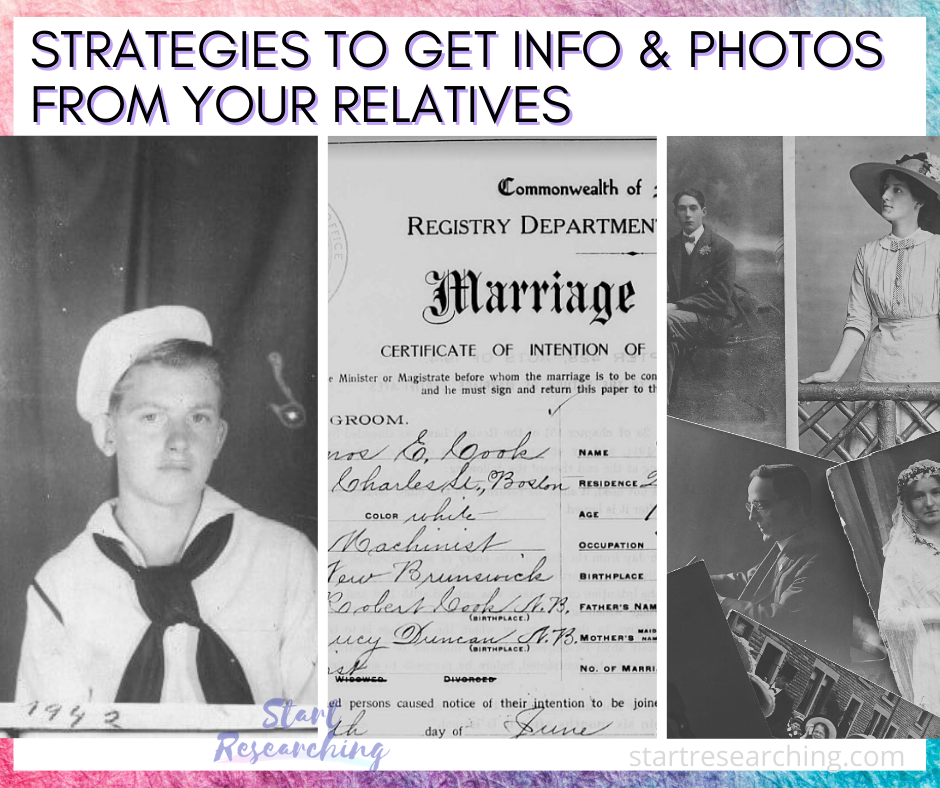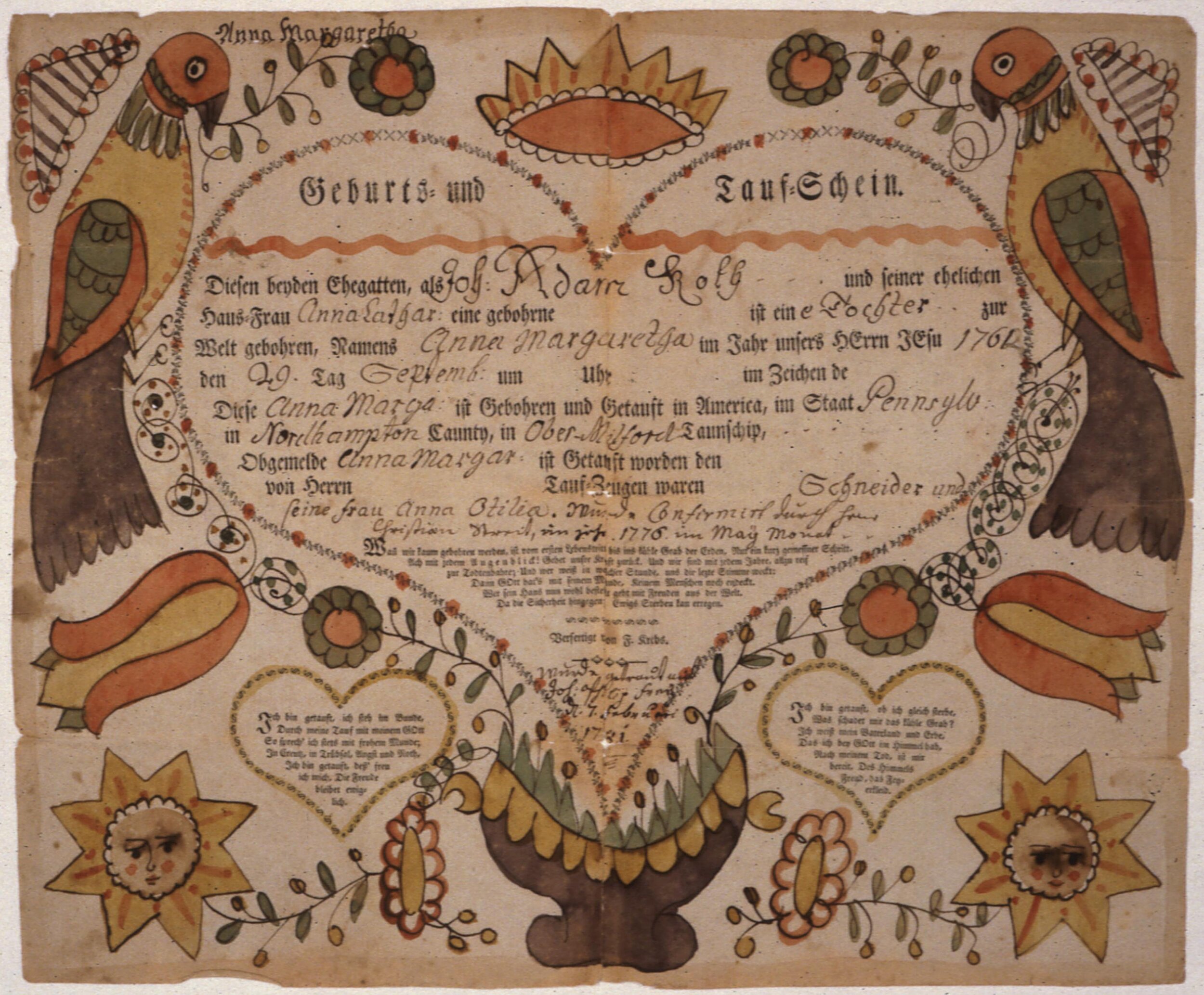January 6, 2021
Image: RootsTech.org. RootsTech Connect will look different this year!
Mark your calendars for these recommended 2021 (mostly virtual) genealogy conferences:
International Greek Ancestry Conference, 29 - 31 January, Free, greekancestry.net/conference
RootsTech Connect - 25 - 27 February, Free with Registration, rootstech.org
New England Regional Genealogical Consortium Conference / NERGC, “Springing From the Past Into the Future”, 1 April - 31 May, Registration with Fees, nergc.org
Ohio Genealogical Society Conference / OGS Conference, “Bringin’ It Home 2021”, 14 - 17 April, Registration with Fees, ogsconference.org
National Genealogical Society Family History Conference / NGS Family History Conference, 19-22 May, “Deep Roots of a Nation”, Registration with Fees, conference.ngsgenealogy.org
*Note: This conference has not yet announced plans to go virtual, and plans to be held in Richmond, Virginia*
Southern California Genealogical Society / SCGS Online Conferences: Genetic Genealogy, 4 - 5 June, and jamboree 2021, 11 - 12 June, Free, scgsgenealogy.com
International German Genealogy Partnership Conference / IGGP Virtual Conference, “Researching Together Worldwide / Weltweit Gemeinsam Forschen”, 17 - 24 July, Registration with Fees, iggpartner.org
Institute of Genealogy & Historical Research / IGHR 2021, 25 - 30 July, Registration with Fees, ighr.gagensociety.org
Other interesting online events coming up:
“The Federal Census: Moving Beyond the Population Schedule”, Thurs 28 January, 3 pm - 4 pm EST from NEHGS, free webinar on AmericanAncestors.org
“Race and the Salem Witch Trials: Virtual Lecture”, Thurs 25 Feb, 3:30 pm PST from the Salem Witch Museum (Link opens Facebook event)
“I Have a Civil War Ancestor…Now What?” Thurs 4 March, 3 pm PST from Boston Public Library Research Services (Link opens Facebook event)
Also see:













